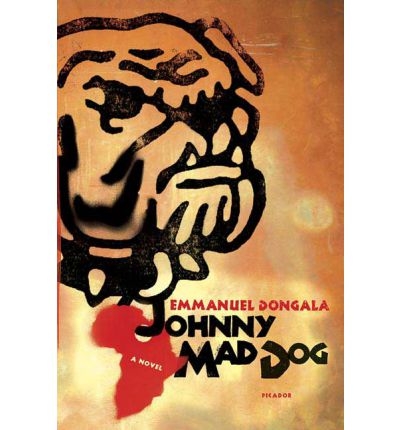The Literature of Genocide
It was the start of a normal Monday morning for my Literature of Genocide class. Discussion in classes in the previous week were tinged with the uncertainty of the future. Students appeared fragile when expressing their concerns about freedoms and moral behavior. Class was a forum to express ideas, make connections, and imagine and work toward a better world.
Although I was buoyed by their hope, I was apprehensive about their emotional capacity to take on the next task: the simultaneous reading and study of two books, culminating in a twenty minute group presentation in a month’s time.
Although initially frustrated at the demands of this assignment, the students met in small groups in the following weeks, wrote meditations about the reading, shared questions, researched, and prepared for presentations. Their conversations were thoughtful, and it soon became apparent just how engaged they were with the material.
With great anticipation, I listened to these presentations, and I knew immediately that their work captured the very essence of the best learning practices at Waynflete. Students illustrated a deep understanding of the historical and contemporary implications of the inhumanity of wo/man against wo/man. With a sophisticated and intelligent use of technology, each group showed slides that illuminated character development, elements of style, and historical significance. They embedded video of the recorded ethnic cleansing in Bosnia, displayed archival photographs of the death marches in Armenia, revealed scientific research on trauma and genetics, and discussed the visual representations of images in Spiegelman’s Maus. Students who read Dongela’s Johnny Mad Dog commented on the voices of the two narrators and the current status of the war in Congo. Their confidence in assessing the quality of the literature in depicting genocide relied on a deep understanding of the relationship between form and content. In short, these students proved their mature and independent skills in preparing important documents and teaching a class.
Perhaps what is most important is that the foundation of their teaching depended on the personal reflections on the themes of the books. These students interpreted with their intellect and hearts. As one student wrote, “[the literature] proves that faith transcends pain.” They provided for me and their classmates a clear path to move forward supported by the confidence of their skills and hearts. I feel grateful to be a witness to a new way of seeing the world through their eyes.
I feel encouraged and hopeful about a future with these students as the new generational leaders of the United States.



